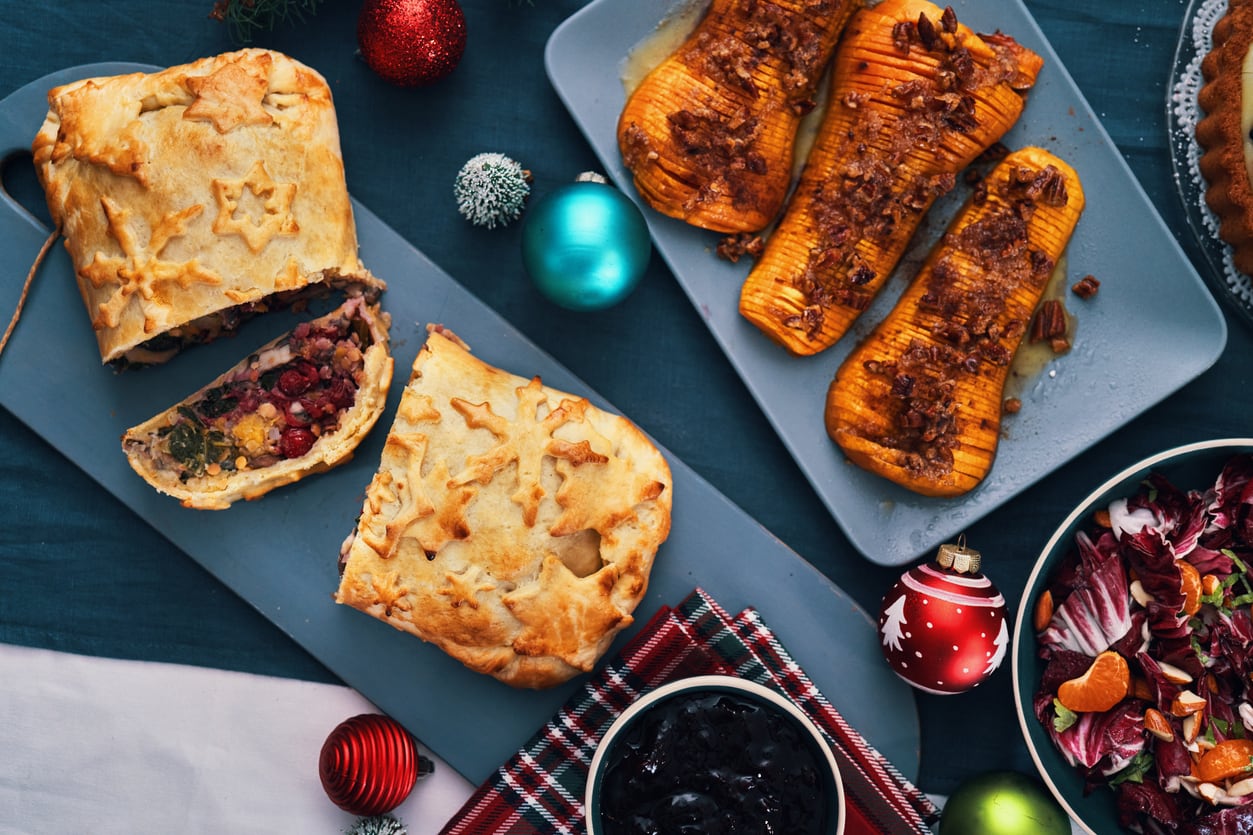Q. What are low-alcohol wines?
A. A reader recently raised a metaphorical eyebrow online when I featured two wines with an ABV (alcohol by volume) of 13 per cent in an article on lower-alcohol wines. She had a point.
In the UK, low-alcohol wines are defined as having an ABV (alcohol by volume) of up to 1.2 per cent. Most of these are essentially alcohol-free wines, with 0.5 per cent alcohol. Elsewhere, however, low alcohol means 10-11 per cent ABV or less. Medium-low can be 10-12.5 per cent, medium 12.5-13.5 per cent, and high alcohol from 14 per cent upwards. Either way, I am guilty but I have an excuse of sorts.
I would argue that global warming has changed the picture. Many cooler areas that once struggled to reach 12.5 per cent are now regularly turning out wines at 13.5-14 per cent. In the 1960s and beyond, most red Bordeaux was 12-12.5 per cent. Today it can be a challenge to find anything less than 14 per cent. Should we reassess what low alcohol means?
The alcohol in wine is created by fermenting the sugar found in grapes. The riper the grapes, the more sugar they contain and therefore the higher the alcohol level in the finished wine. Riper grapes tend to come from warmer regions, so wines from areas such as Châteauneuf-du-Pape in France, or the Barossa Valley in Australia typically have more alcohol than wines from cooler regions such as the north of Portugal or Germany. Some producers harvest early to produce lower-alcohol wines.
READ MORE
If producers in cooler areas want to boost the alcohol level in their wine, they add sugar to the grape must. As the sugar will ferment out, the wine will still be dry. It is only permitted to add 0.5 per cent alcohol.
A producer looking to make a low-alcohol wine can stop the fermentation leaving some unfermented sugar. Wines such as Riesling Kabinett or Spätlese from Germany (8-8 per cent ABV) and Moscato, a lightly sparkling wine from Italy (5-6 per cent ABV) are made this way, but they are off-dry or sweet. If you are looking for drier lower-alcohol wines, most sparkling wine is 12-12.5 per cent ABV, as are many white wines.
Of course, you can always lower the alcohol in your wine by adding still or sparkling water. You would be following an age-old precedent too; the ancient Greeks usually added two-thirds water to one-third wine. Mind you, they often used seawater, not something I would recommend.














